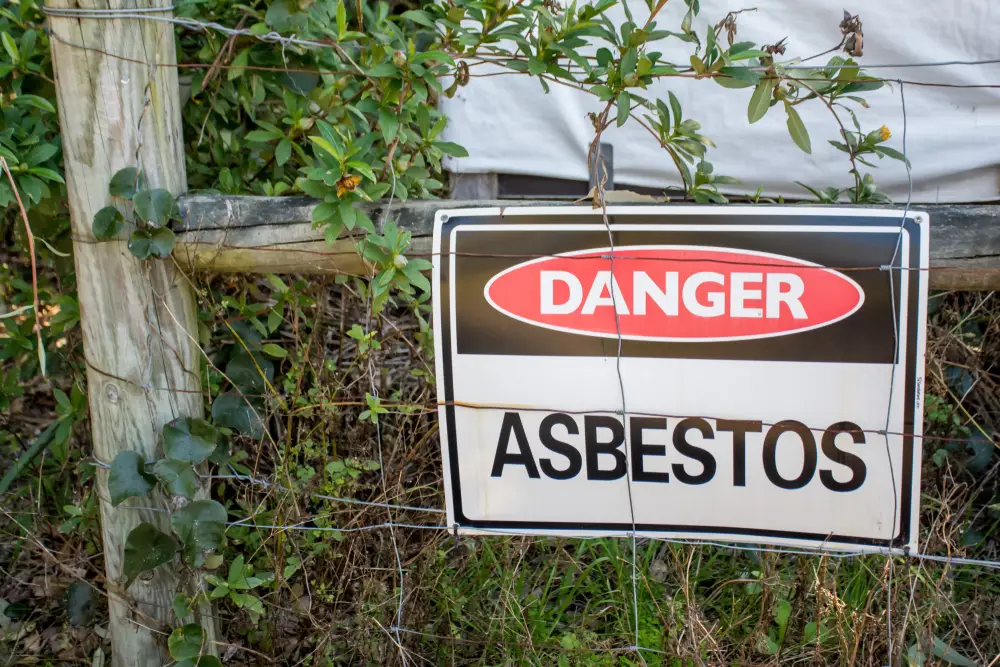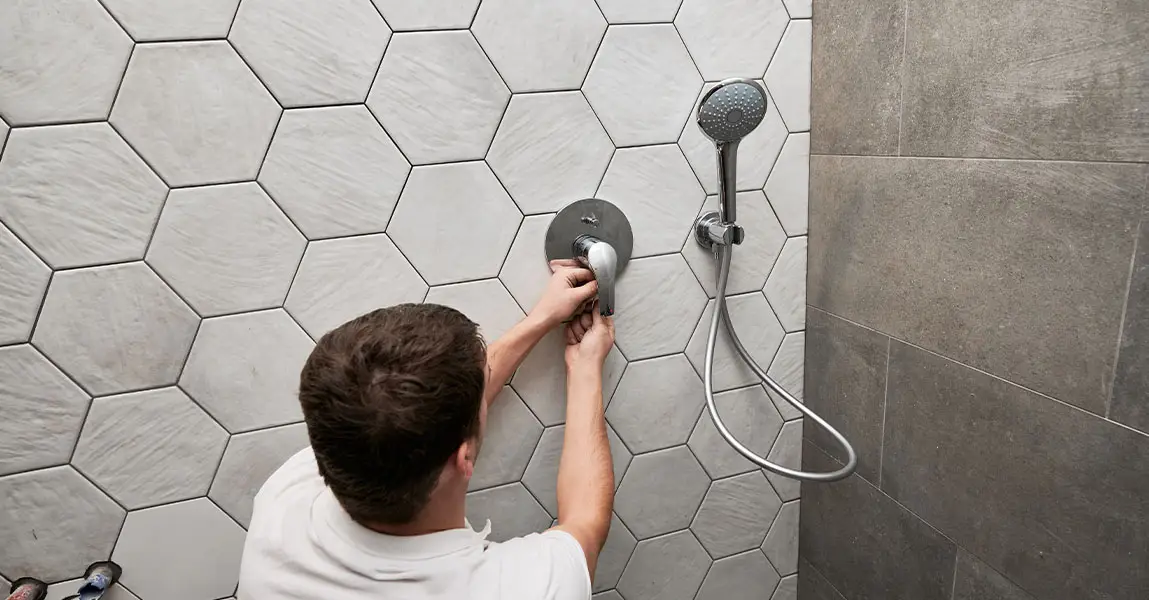Many older schools and public buildings were built when asbestos was widely used. At that time, it was valued for strength, heat resistance, and affordability. Today, however, we know it carries serious health risks when disturbed. As a result, regular inspections are not optional but necessary. They help identify hidden dangers and create safer environments for students, staff, and visitors.
Understanding Why Asbestos Still Matters
Asbestos does not break down easily. That is to say, it can remain in floors, ceilings, insulation, and pipes for decades. If left undisturbed, it may not pose an immediate risk. However, once damaged by renovations, water leaks, or wear, its fibers can release into the air. Consequently, exposure becomes a real concern.
In schools and community spaces, daily activity can loosen old materials. Children may be more at risk due to their developing lungs. We need inspections to determine where asbestos exists and how to manage it responsibly. A professional review ensures nothing is overlooked.
Health Risks in Learning and Public Spaces
Exposure to asbestos does not cause symptoms right away. In other words, its health effects are long-term and often unnoticed for years. Diseases like mesothelioma, asbestosis, and lung cancer can appear decades after contact. Therefore, prevention is the only safe option.
Public buildings like libraries, gyms, and offices often see heavy use. This traffic increases the chance of fibers becoming airborne. Our role is to protect those who cannot control the environment around them. Regular inspections give us the information needed to act before exposure happens.
The Importance of Routine Inspections
Unlike a one-time check, regular inspections help track changes over time. For instance, materials that seemed stable years ago may have since weakened. Roof leaks, heating system upgrades, or even vibrations from construction nearby can shift asbestos materials.
Routine inspections also provide documentation. This record shows what was found, what was managed, and what needs rechecking later. Most importantly, it allows building operators to act quickly when risk levels rise. Ongoing awareness prevents surprises that lead to costly emergencies.
Specific Concerns in Schools
Schools have unique challenges. Young children spend many hours indoors, often in close contact with floors, walls, and ceiling areas. Moreover, schools are frequently renovated to meet modern standards. Each update raises the possibility of disturbing hidden asbestos.
Teachers and staff may not notice minor damage to ceiling tiles or flooring. However, small cracks or crumbling edges can release fibers. Inspections catch these details before they become widespread issues. By scheduling consistent checks, we keep classrooms safer for all.
Public Buildings Require Equal Attention
Government offices, cultural centers, and recreation halls also need regular reviews. These spaces may house vulnerable groups such as seniors or community volunteers. As a result, they must be held to the same standard as schools.
Unlike private homes, public buildings welcome large groups at once. This high use can stress old materials and create wear in overlooked corners. With inspections in place, managers can plan repairs or replacements with safety in mind. Keeping the public safe builds trust in these community spaces.
How Inspections Are Carried Out
Professional inspections follow clear steps. Firstly, a survey identifies potential asbestos-containing materials. After that, samples are carefully collected and sent for lab testing. Results show whether asbestos is present and in what condition.
Once identified, inspectors decide whether materials can remain under monitoring or must be removed. In addition, they provide guidance on how to handle future renovations. With this knowledge, building operators can make informed choices instead of reacting to sudden problems.
Legal and Safety Obligations
Regulations require schools and public facilities to assess asbestos risk. These rules exist because exposure is preventable. Failure to meet obligations can lead to fines, liability, and health risks.
In many regions, inspection reports must be accessible to staff and the public. Therefore, transparency is not just encouraged but often required. Our team ensures that inspections meet both safety and legal expectations. Following proper procedures keeps organizations compliant and people protected.
Planning Ahead Saves Money
Some building managers worry about inspection costs. However, ignoring asbestos risks often leads to higher expenses later. Emergency repairs, liability claims, and medical costs far outweigh planned inspections.
For example, detecting damage early allows for controlled removal rather than rushed containment. Regular inspections turn unexpected crises into manageable tasks. In this way, they provide both safety and financial stability.
The Role of Professional Services
Asbestos inspection is not a task for untrained staff. Specialists are needed to detect hidden risks and collect samples safely. Our experience allows us to handle this work without spreading contamination.
By working with experts, schools and public facilities gain peace of mind. They receive accurate reports, reliable advice, and practical solutions. Professional oversight ensures that nothing is missed and that the safest methods are applied at every stage. For building managers in need of asbestos removal Calgary, this expertise is essential.
Why Inspections Should Be Scheduled Regularly
Asbestos risks change over time. Materials that were safe last year may have been damaged by leaks, storms, or construction this year. Therefore, inspections should be set on a recurring schedule.
Setting reminders for every few years helps maintain safety. Schools and public buildings should not wait for visible signs. Instead, they must treat inspections as part of ongoing maintenance. This proactive approach keeps everyone protected and avoids emergencies.
How to Prepare for an Inspection
Preparation helps make inspections smoother. Building staff should provide access to maintenance areas, utility rooms, and basements. They should also share records of past renovations. This information helps inspectors focus on areas most likely to contain asbestos.
In addition, staff should inform inspectors about recurring issues such as leaks or cracks. These details guide where to test and what to prioritize. Preparation ensures the inspection is thorough and efficient, saving time and resources.
Steps After Inspection Results
Once results are received, managers must decide on action. If materials are intact, monitoring may be enough. However, if they are damaged, removal or sealing becomes necessary. Decisions should be based on expert guidance, not assumptions.
Clear communication is key after results are shared. Staff and the public deserve to know about risks and next steps. By being transparent, we build confidence and maintain safety. These actions show responsibility and care for everyone using the space.
Why Communication Matters
Inspections alone are not enough without proper communication. Teachers, staff, and the public need to know what areas are safe and which are under repair. Sharing updates prevents rumors and ensures cooperation.
Moreover, it gives building users the knowledge to avoid disturbing at-risk areas. This small step greatly reduces accidental exposure. Open communication strengthens trust and demonstrates a commitment to public safety.
Encouraging a Culture of Safety
When inspections are prioritized, they create a culture of safety. Staff become more aware of the risks and more likely to report small issues. This attention ensures that problems are addressed quickly.
In schools, awareness helps teachers protect children more effectively. In public spaces, it encourages managers to make safety a shared goal. Asbestos inspections are not just about compliance but about protecting communities long term.
Taking the Next Step
Safety cannot wait until problems are visible. Planning regular inspections protects children, staff, and community members. It also reduces costs and ensures compliance with laws.
If your school or public facility needs guidance, our team is here to help. Reach out today through contact us to arrange an inspection and take the first step toward a safer environment.
Frequently Asked Questions
What happens if asbestos is found in a school or public building
If asbestos is found, specialists will assess whether it can remain in place under monitoring or needs removal. Action is based on the material’s condition.
Can asbestos be present in newer buildings
It is less likely in buildings constructed after the mid-1990s, but some materials may still contain it. Inspections confirm whether it is present.
How often should schools schedule inspections
Inspections should occur every three to five years or sooner if renovations or damage occur.
Are staff and students at risk during inspections
When handled by professionals, inspections are safe. Samples are taken with strict controls to prevent exposure.
Is removal always necessary
Not always. If asbestos is intact and undisturbed, monitoring may be sufficient. Removal is only required when the material poses a risk.










